Hey everyone! 
I finally found the time to do something I’ve been meaning to do for a long time: Testing the 5.56 and the 7.62 against a real steel target.
—
I have a small game hunting rifle in caliber .223 Remington, the civilan equivalent of the 5.56x45 mm NATO.
Sako 85 Hunter in caliber .223 Rem.
Swarovski Z4i 3-12x50 scope.
Hausken Hunter silencer.
—
And my dad has a deer rifle in caliber .308 Winchester, the civilian equivalent of the 7.62x51 mm NATO.
Tikka M590 in caliber .308 Win.
Shirstone 3-9x44 scope.
Hausken Standard silencer.
—
4 kinds of ammo will be compared:
.308 - 180 grs. FMJ training load.
.308 - 180 grs. SP hunting load. (Flat tip.)
.223 - 55 grs. FMJ training load.
.223 - 62 grs. SP hunting load. (Plastic tip.)
(“grs” is bullet weight in grains.)
—
The target will be a 10x10 cm steel pipe with 5 mm thick walls. This is only a mild construction steel, not hardened steel like armored machines would have.
And a few Hunters to shoot at.
Shooting distance is 50 meters.
—
First up: 5.56 FMJ.
Hit him in the balls! Bullet punched right through the front, and left a cute little dent in the back wall.
—
Second: 5.56 SP.
Headshot! Results are identical to the FMJ load. I honestly thought this one would punch harder, since it has a heavier bullet and more powder.
—
Third: 7.62 FMJ.
Hunter got lucky! The rifle was zeroed higher than I thought. Bullet punched through the front and left a huge dent in the back wall. Very close to going through both walls.
—
Fourth: 7.62 SP.
Shot off it’s arm this time! And finally I got through both walls, 5 + 5 mm. The soft point hunting round got through because it’s loaded with more powder than the FMJ training load, is my conclusion.
—
So, the final results were as I expected for the 5.56, and the biggest surprise was that the 7.62 FMJ didn’t go through both walls.
To conclude, the 7.62 won this battle. But remember, a combat machine would not be built with mild constuction steel, so bring your cannon instead for the real deal. Or ask the army for AP rounds. 
—
Thanks for watching and reading! 
Feel free to discuss, both for GZ and IRL.
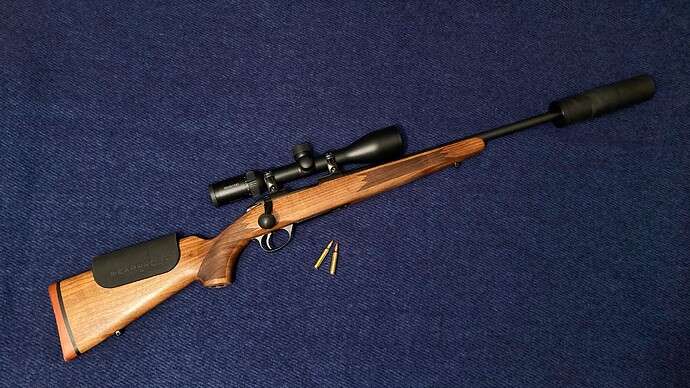
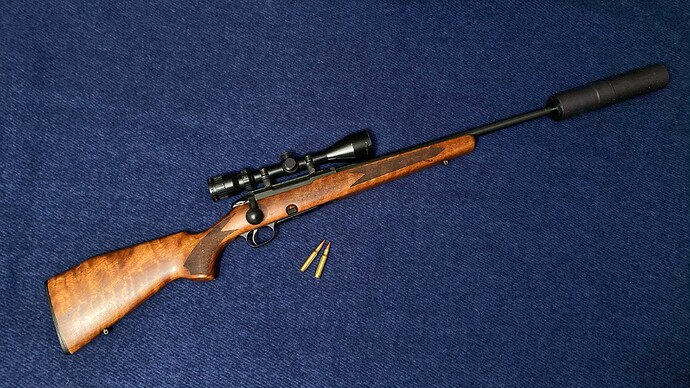
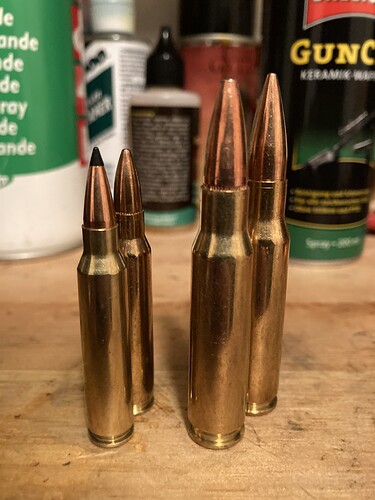
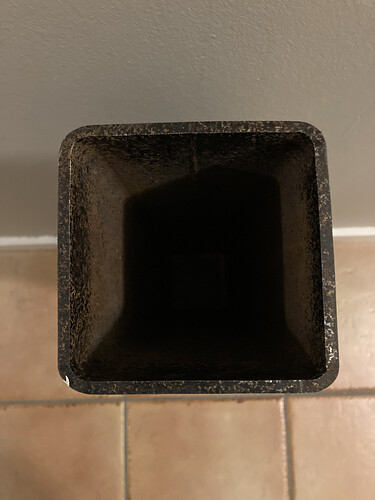
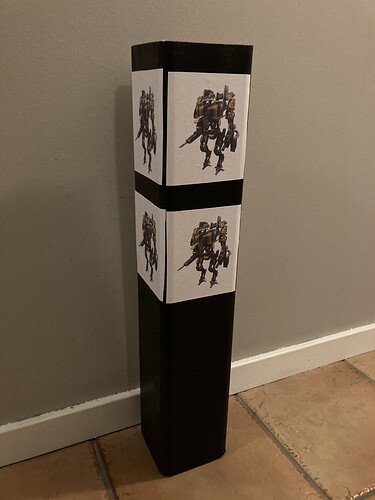

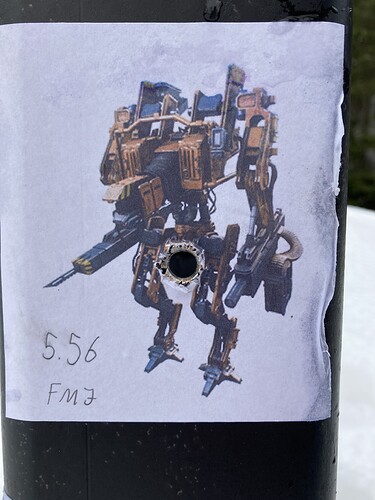

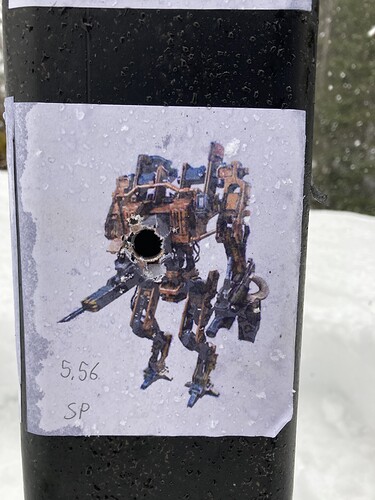
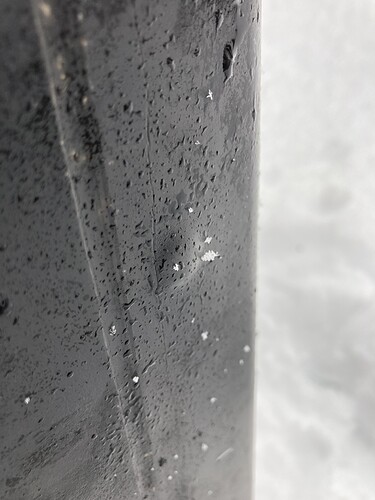
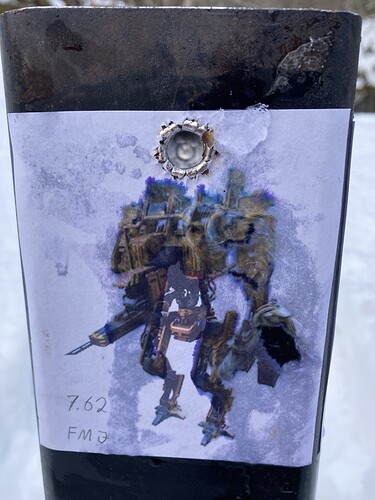
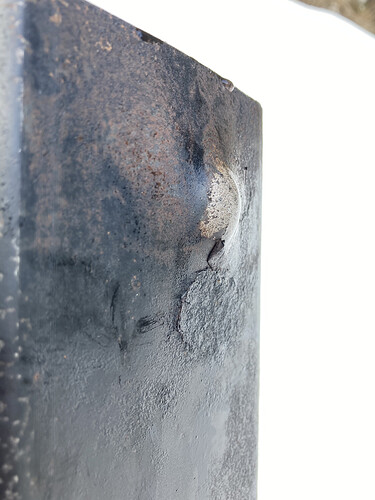

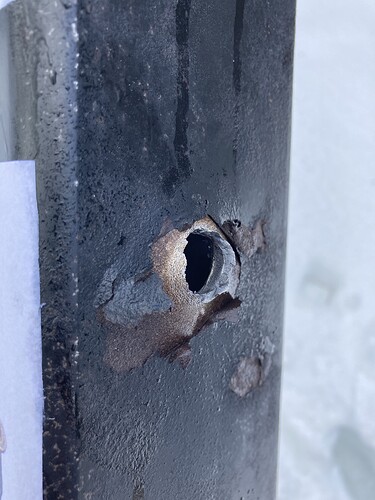

 I had today temeperatures at 20°
I had today temeperatures at 20°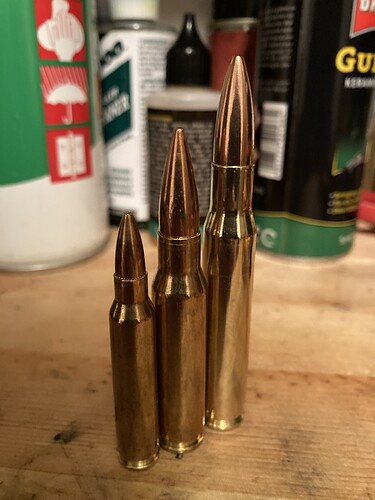
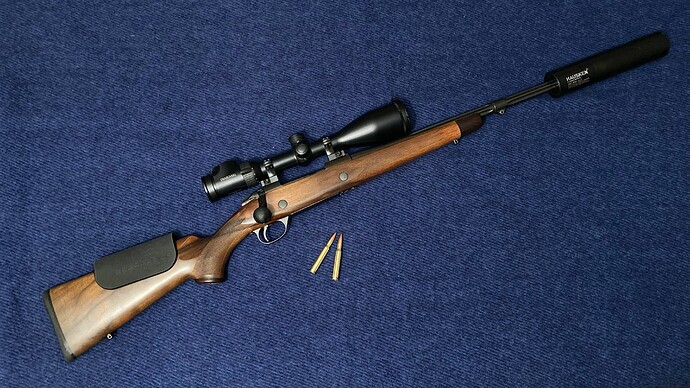

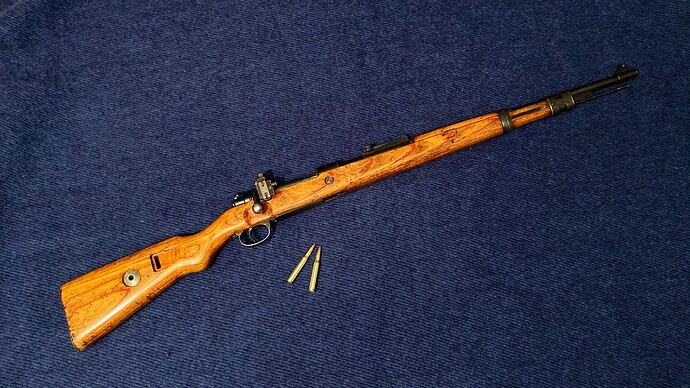
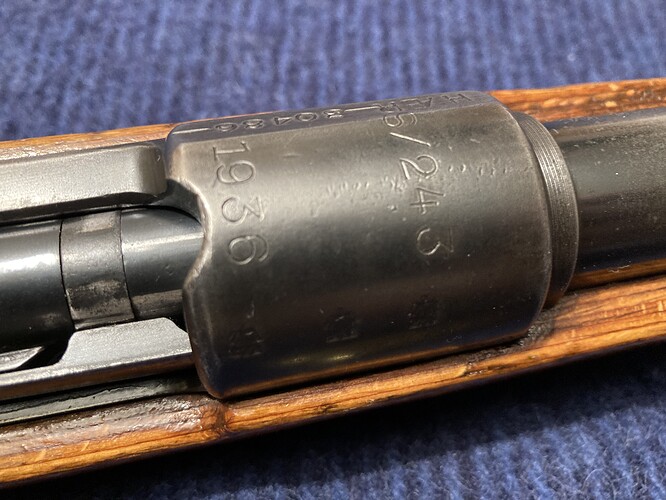
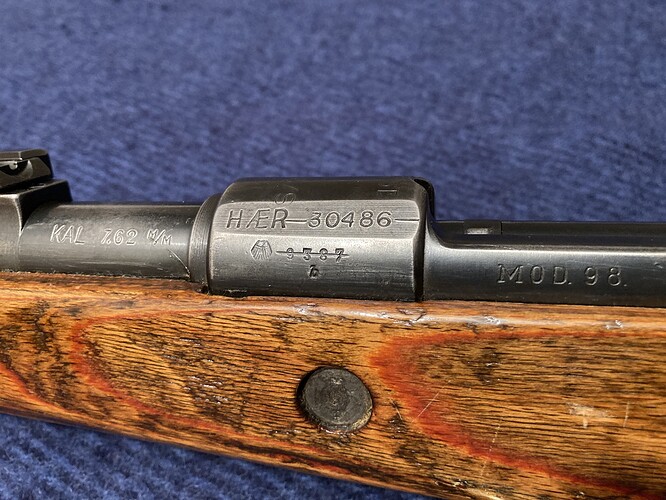


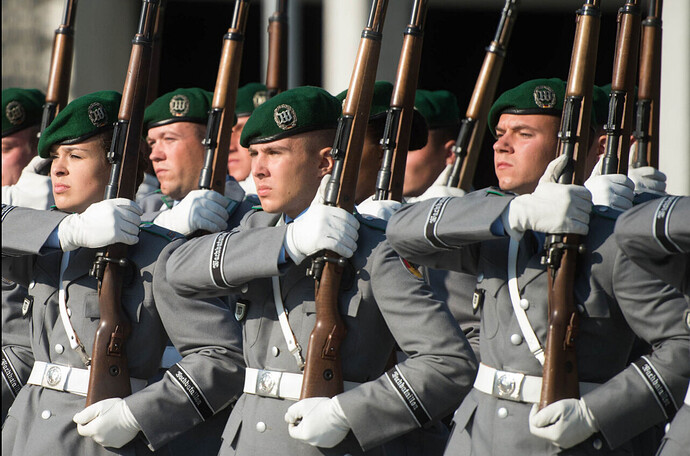
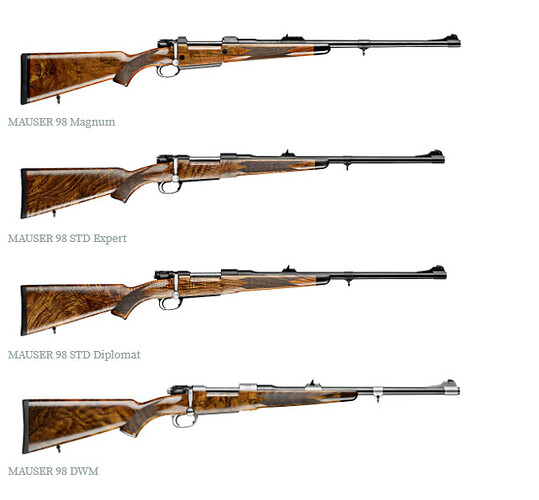


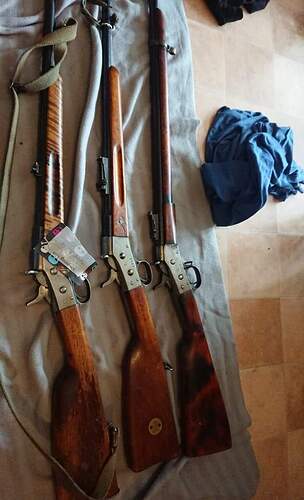
 . The 98 Standard is available for about 5.000 Euro , much money. So you see your original 98 is a real treasure.
. The 98 Standard is available for about 5.000 Euro , much money. So you see your original 98 is a real treasure. 